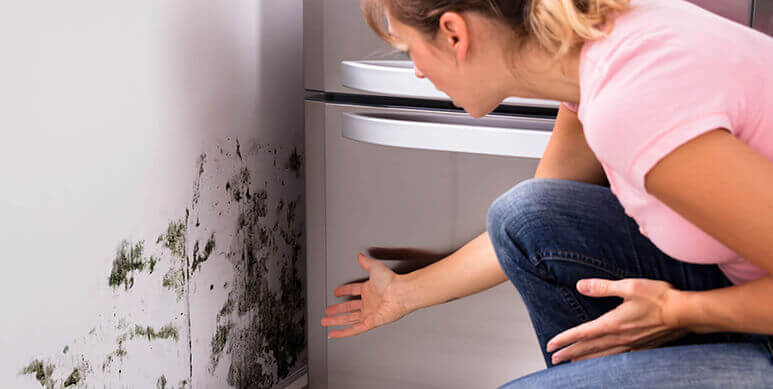A short explanation of the best-selling interior paints.
Lime paint:
Sump lime paints are ideal for drying damp walls because they are highly permeable to moisture and gas and have a porous and capillary structure. As a result, they are very often used in rooms with high condensation. Bedrooms, bathrooms and kitchens are particularly susceptible to mould. Due to the high alkalinity of the air lime, fungal microbes will not find a breeding ground and therefore the mould has no chance to settle. Good lime paint contains only sump lime as binder. Synthetic resin binders and preservatives are not used at all.
Synthetic resin dispersion paint:
The standard for painting walls nowadays is the so-called ‘synthetic resin dispersion paint’. These paints are made from synthetic binders obtained from mineral oil, usually an acrylic resin. The white pigment ‘titanium dioxide’ is used as a pigment to obtain bright, white surfaces. The fact is that these synthetic resin dispersions are often declared as lime paint. Unfortunately, the positive properties of lime are lost because the synthetic resin content and the required additives destroy them. Additives are stabilizers, defoamers, thickeners, solvents and preservatives. Thus the dispersion paint is a good breeding ground and very susceptible to mould fungi.
Mineral paint:
Silicate paints, which contain potassium water glass as a binding agent, are often referred to as mineral paints. This binder is made from a mixture of quartz sand and potassium carbonate. After a melting process, the powder is dissolved in water at high temperatures. Pure silicate paint is difficult to process and therefore these paints are also coated with synthetic resins.
We chose the lime paint. The many advantages convinced us.
- Natural ingredients for a good indoor climate – without synthetic binders
- Moisture-regulating due to high water vapour permeability (open to diffusion)
- Fungicidal effect due to high alkalinity and therefore insensitive to mould spores
- Antistatic and therefore dust-repellent and clean for a longer period of time
- Matt, pleasant lime white
On which surfaces lime paint can be used?
Here we have summarised suitable subsoils for lime paints.
- All mineral plasters such as
- Lime plaster
- Clay plaster
- Cement plaster
- Lime-cement plaster
- Gypsum-cement plaster
- Dispersion paints
- Silicate mineral paints
- Gypsum plasterboards
- Chipboards
- Clay bricks
- Cellular concrete
- Limestone






 My name is Stefan Fischer and I am the owner of stucco naturale. In this blog you will find useful information and tips on Stucco Veneziano and decorative spatula techniques.
My name is Stefan Fischer and I am the owner of stucco naturale. In this blog you will find useful information and tips on Stucco Veneziano and decorative spatula techniques. 